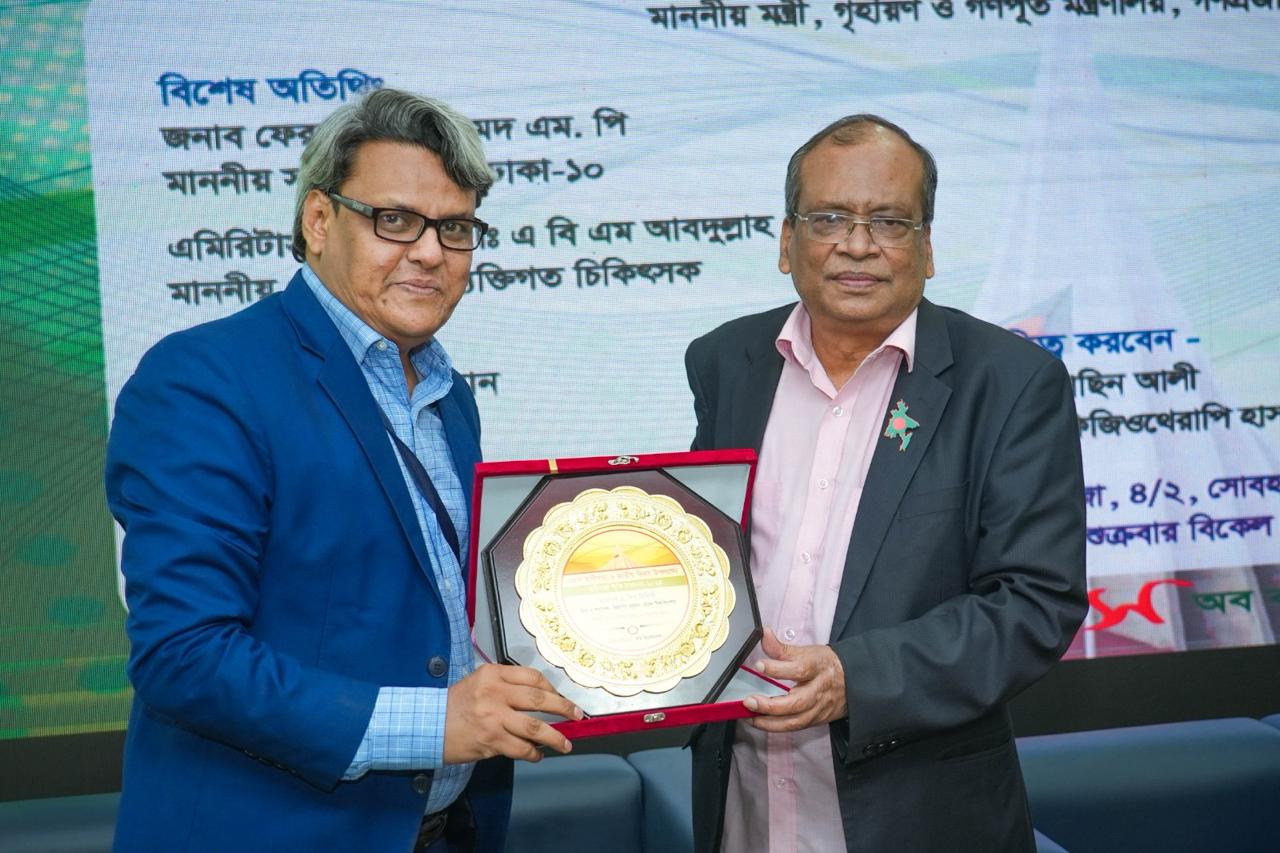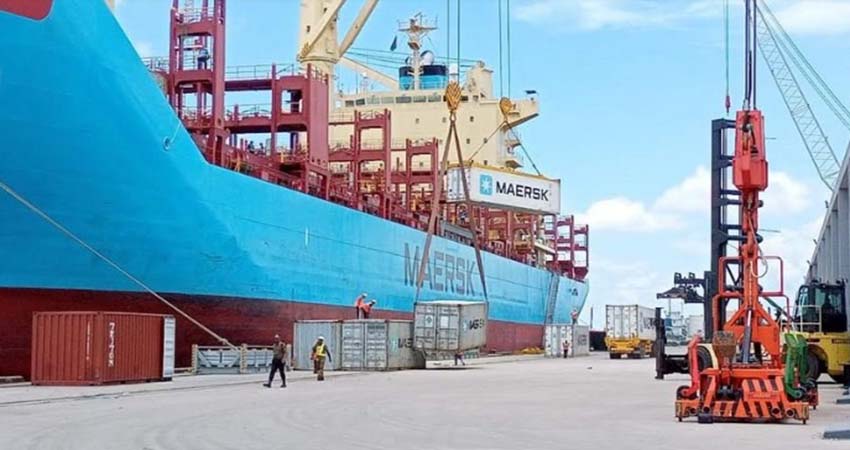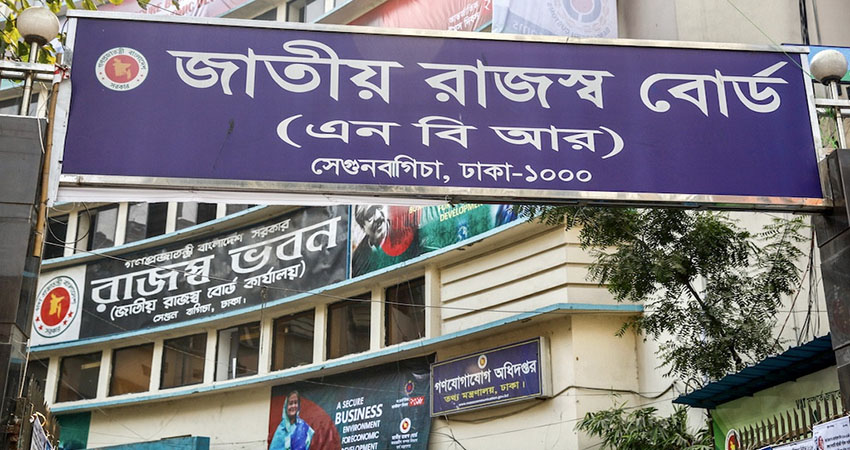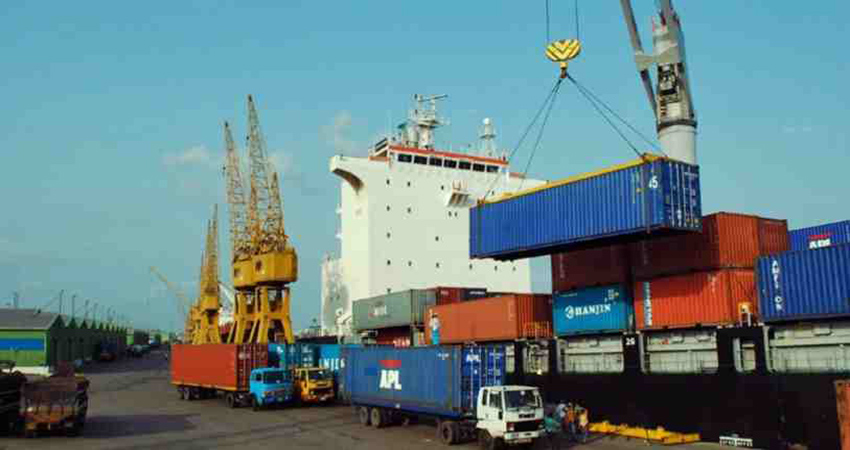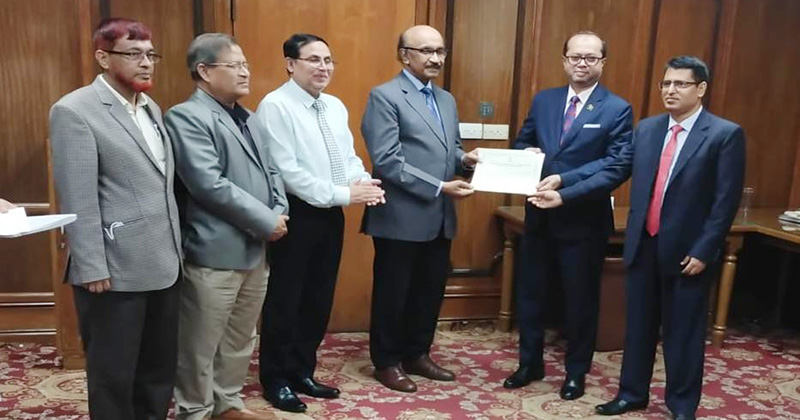Despite solid growth, South Asia faces a risky outlook, says the World Bank in its latest regional economic update, urging countries to fully capitalize on the global energy transition to help boost growth.
‘Toward Faster, Cleaner Growth’ is the subject of a two-day conference organized by the BRAC Institute of Governance and Development (BIGD) and the World Bank.
Opening on Monday, the conference is a platform for academics, experts, and researchers to discuss the opportunities and challenges the region faces in pursuing green growth.
World Bank approves $1.25bn financing in 3 projects for Bangladesh
Constrained by slowing growth and fiscal challenges, South Asia’s governments have limited room to help their economies make the most of the global energy transition.
The global energy transition presents an opportunity to boost productivity and investment, create jobs, cut air pollution, and reduce reliance on fuel imports.
Even with limited fiscal space, countries can encourage firms to adopt more energy-efficient technologies through market-based regulations, information campaigns, broader access to finance, and the provision of reliable power grids.
“Bangladesh has made some impressive progress in green development. For example, our garments sector ranks among the world’s best on the number of green factories,” said Planning Minister M. A. Mannan.
World Bank approves $200 million to help Bangladesh improve primary healthcare for common illnesses including dengue
“We must continue on the path outlined in Bangladesh’s Energy Efficiency and Conservation Master Plan, which includes a series of programs that aim to help large industrial energy consumers, residential consumers, buildings, private companies, and government agencies move toward energy efficiency”, he added.
Improvements in energy efficiency could accelerate progress towards both economic and environmental goals in South Asia.
The region uses twice as much energy as the global average to produce each unit of output. While South Asian firms are enthusiastic adopters of basic energy-efficient technologies, they lag in the adoption of more advanced technologies.
“Bangladesh is among the countries most vulnerable to climate change,” said Abdoulaye Seck, World Bank Country Director for Bangladesh and Bhutan.
World Bank’s cooperation sought to build power transmission lines from Nepal to Bangladesh
“And as the intensity and frequency of natural disasters increase, Bangladesh must do more to tackle the environment and climate risks and sustain its strong growth performance. Green growth can help Bangladesh build long-term resilience against climate risks while help to attain its vision of becoming an upper-middle-income country,” he noted.
The energy transition will reshape South Asia’s labor markets. Almost one-tenth of the region’s workers are employed in pollution-intensive jobs.
These jobs are concentrated among lower-skilled and informal workers who may struggle to adjust to job or income losses.
While the energy transition can help create new jobs, it could also leave some workers stranded in declining industries.
The report recommends a wide range of policies to protect such workers, including providing better access to high-quality education and training, finance, and markets; facilitating worker mobility; and strengthening social safety nets.
“In this conference, we will truly emphasize the agenda of green growth and delve deeply into the choices we can make and how we can deliver on this agenda.” said Imran Matin, BIGD Executive Director.
“In South Asia, given the salience of our population and demographics, green growth agenda is not only a topic of central importance, but also a place to foster central innovation, and that’s what we are looking forward to,” he said.
The green growth agenda cannot be advanced without really thinking about how it delivers on growth and the importance of interdisciplinary approach is key to understanding green growth, he added.


